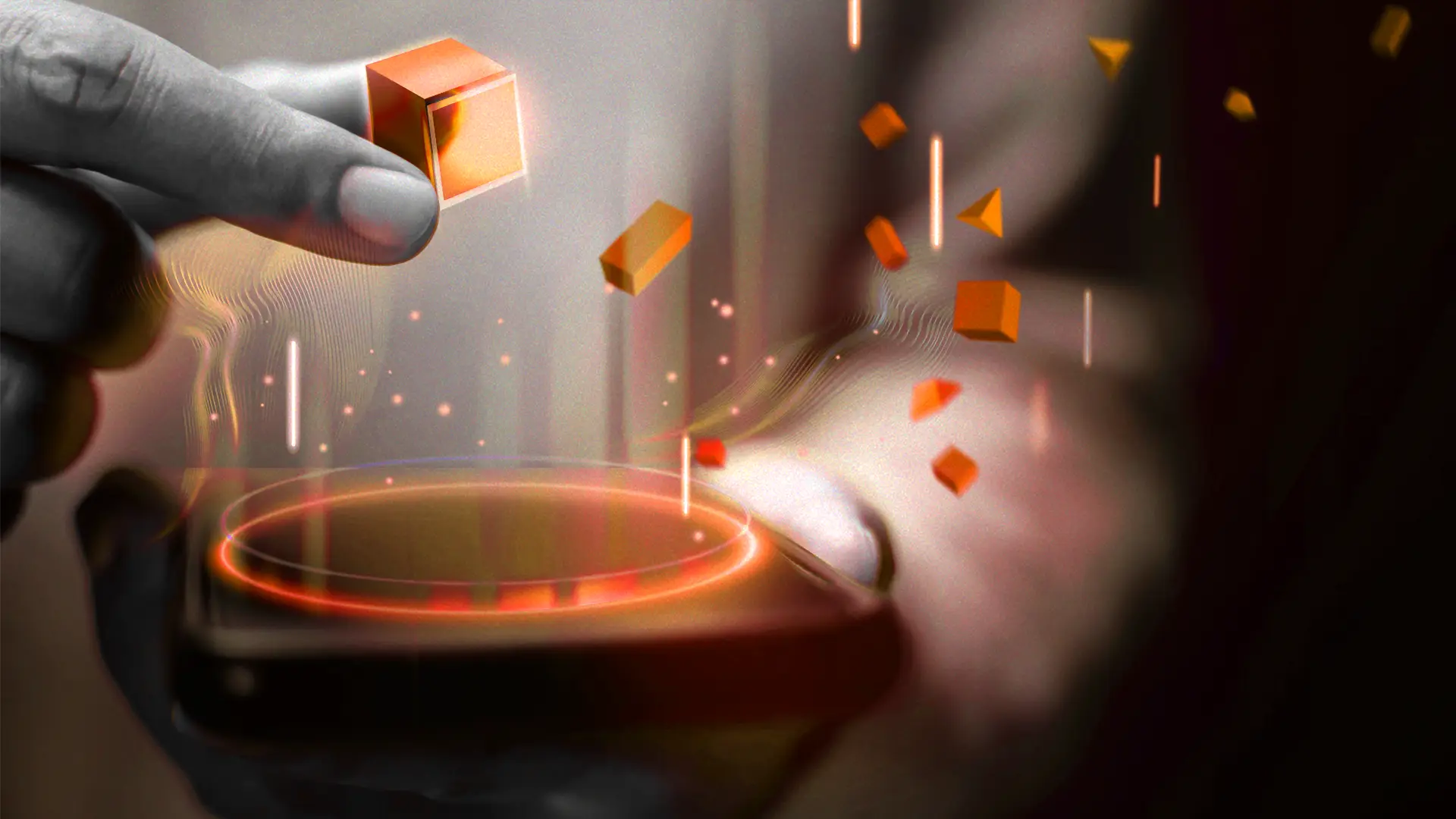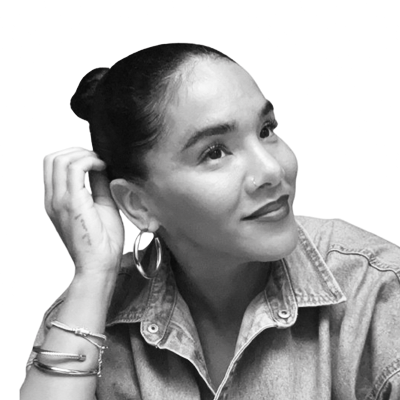Key Takeaways
- Educate: Reset expectations by aligning AI's capabilities with realistic demands to reduce burnout.
- Engage: Prioritize employee well-being through self-care, mindset shifts, and collaboration.
- Evolve: Tie AI adoption to clear goals and professional growth to drive success.
Listen: How to move Creative Teams from AI burnout to breakthrough.
Like the tools themselves, humans are entering a new phase of artificial intelligence (AI): the “prove it” phase. Design leaders, often expected to drive AI evolution, are now looking for tangible, lasting results, not just new products. However, the recent period of relentless change has left their teams frustrated and burned out.
After two years of wild enthusiasm, the biggest takeaways are that rapid AI efficiency is an illusion and that AI burnout is real. That’s why senior leaders in our InsideOut community gathered to explore team support strategies.
The challenge we presented:
As AI charges relentlessly forward, many teams are struggling with uncertainty, fear, burnout, and overwhelm. Yet without focused Creative and Design Teams, the adoption of new tools will be slow, if not improbable. So, how can leaders help their teams move from burnout to breakthrough?
The following are key takeaways from our live discussions on how leaders can improve team well-being while deploying AI to prevent burnout.
What's leading to burnout?
Despite progress, many elements of AI fanaticism linger. Executives remain enamored with artificial intelligence, without understanding its true capabilities. Shifting investments from humans to technology has fostered insecurity, reduced loyalty, and decimated productivity.
Layoffs and pressure to do more with less “now that you have AI” continue, while tech solutions proliferate at an impossibly fast pace. Incessant, poorly defined pilots appear everywhere, draining resources from already overloaded employees.
Worse, Creative and Design Teams deeply understand the importance of authenticity in driving customer behavior (and ultimately revenue), and AI simply can’t replicate genuine human interactions. Being forced to adapt to existing tech capabilities without the time to learn or adjust for AI inadequacies leads to longer hours, especially for staff worried they’ll be the next to get laid off.
Addressing employee AI burnout is a human problem
As they say, the first step to solving a problem is admitting it exists. Guiding teams through AI burnout requires stepping back from the flurry of demands to deploy AI and acknowledging that staff are suffering. Even business leaders are experiencing burnout, particularly when significant investments fail to yield expected results.
To move forward, design leaders must draw upon their expertise in human behavior, educating and engaging their teams to foster evolution.
Educate: Reset expectations to alleviate AI burnout
Start at the top. Eager executives have spent so much energy pushing for business results that they still haven’t taken time to grasp the technology itself. Staff burnout isn't just about the volume of tasks; it’s about managing expectations. The pressure to find a “silver bullet” stems from a disconnect between AI's actual capabilities and the demands placed on teams.
- Show what's possible–and what's not. Bring real-world, visual examples of AI failure, inadequacy, and success. One leader shared that his team is building their own points of comparison, delivering a “fast and ugly” AI-generated solution alongside a well-crafted human-involved one. When presented with facts and visuals, business leaders feel empowered to make decisions and to learn along the way.
- Explain the learning curve. Most business leaders believe that by now, everyone should know AI. It's free, widely available, and easy, right? What's missing is that many teams lack access to the tools that fit their work, which are often not free. They have been given no time to learn, and need change management support. Leaders should specifically outline and include the time required to adopt new technology and deploy it across complex processes.
- Calibrate on language. “AI” means something entirely different for every individual, so first know your audience. Helping employees manage their own expectations and fears involves breaking down what artificial intelligence can do for them and collaborating on a path that excites them. One leader pointed out that even using the term “AI” creates anxiety for their team—and honestly, “AI” is not the point. They choose words like “innovation” to focus on the potential instead of the technology.
Engage: Move from unhealthy behavior to excitement
When teams reach a state of overwhelm, as many already have, pressing a reset button isn’t as easy as simply showing what’s possible and hoping for renewed enthusiasm. Leaders in our InsideOut roundtables shared that instead of carving out time for teams to learn AI, they’re prioritizing creating time to focus on employee well-being.
- Make space for self-care. Concerned about rampant layoffs, most employees deprioritize their own care and work twice as hard to prove their value. Simple acts like walking meetings and carving out 5 minutes at the beginning of calls to connect are easy steps. One leader is showing her team how to “slow down to speed up” and teaching ways to keep AI demands in perspective.
- Address current mindsets. Every human has unique feelings about what's happening with AI. Figure out where someone is now before attempting to support their growth. A leader in our roundtable pointed to the underlying anxiety of believing you've got to “get AI before it gets you”. Calm fears around keeping up with the impossible pace of AI development and help teams discover a healthy balance.
- Bring teams together. Pilots, pilots, everywhere! In the rush to experiment quickly, organizations are filled with disparate, random AI pilots. Creative leaders, already inclined to cooperation, are advocating for cross-functional teams to streamline experimentation. One leader emphasized the importance of celebrating small wins to recognize momentum and generate excitement on the way to finding organizational scale.
Evolve: Tie AI progress to employee success
Companies, leaders, and their teams all share a common goal: leveraging AI’s potential. This means using AI to generate results and to create space for human creativity. The aim is to spend less time on mundane tasks and more on strategic, satisfying work. While we’re not there yet, leaders who show teams what’s in it for them will undoubtedly find more success.
- Double down on employee development. During economic uncertainty, workers tend to hang onto their jobs—even when they're disgruntled. But today's “job hugging” will pass, and when it does, leaders who invested in their team's professional development will be able to retain them. Leaders must explore how employees want to grow with AI and make those interests a priority.
- Bake clear goals into reviews. “Use AI” isn't a goal, yet it's what most staff feel they're being measured against. Several leaders in our sessions are setting clear goals during performance reviews that involve using AI to achieve business impact. Provide clarity and tangible actions employees can take to integrate AI into their individual roles.
- Seek integration. Instead of chasing every new AI tool and overwhelming their teams, smart leaders are focusing on connecting the technologies they already have. They're also digging into existing platforms to discover hidden AI functionality, reducing the need to adopt new technologies.
Conclusion
The “prove it” phase requires leaders to deliver tangible results with artificial intelligence, but this relies on human sustainability. By acknowledging AI burnout as a design problem, leaders can use education, engagement, and evolution to reset expectations and prioritize well-being. This strategic, human-centered approach will move anxious teams beyond overwhelm so they can unlock the potential of AI and uncover personal and professional growth. And that’s a goal worth achieving.
Why do we care? Our mission is to connect leaders to find solutions. If you're a senior design, experience, or creative operations leader of an in-house team at a high-profile brand and want to connect with others who share your unique challenges, let's talk. Our InsideOut community hosts small-format roundtables to support the learning and growth of our members, and we’re honored to facilitate those discussions.
Latest.

How to empower leaders with AI for generational collaboration.
Leadership & Management, Consulting & Operations, Engineering & Technology, Innovation & Emerging Tech

How to reduce Scope 3 with carbon negative staffing.
Climate Action, Consulting & Operations, Sustainability










